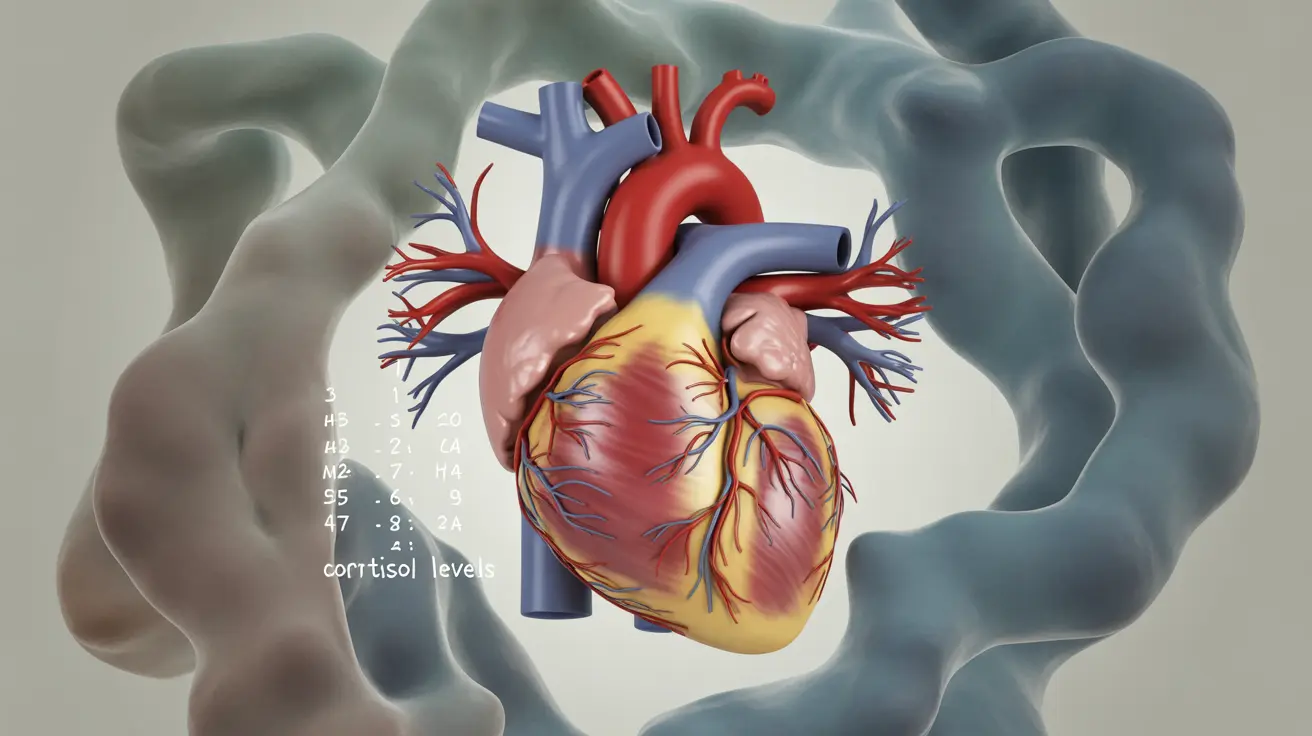When intense emotional or physical stress triggers heart problems, it can lead to a condition known as stress-induced cardiomyopathy, also called broken heart syndrome or takotsubo cardiomyopathy. Though its symptoms closely mirror those of a conventional heart attack, this condition has distinct characteristics and typically occurs after experiencing severe stress or emotional trauma.
While a stress-induced heart attack can be frightening, understanding its nature, recognizing its symptoms, and knowing available treatment options can help affected individuals and their loved ones navigate this challenging condition more effectively.
Understanding Stress-Induced Cardiomyopathy
Stress-induced cardiomyopathy occurs when intense stress causes temporary dysfunction in part of the heart muscle. Unlike a typical heart attack caused by blocked arteries, this condition results from a surge of stress hormones that temporarily stun the heart, leading to reduced pumping efficiency in one area while other parts may contract more forcefully to compensate.
Common Triggers and Risk Factors
Several situations can trigger a stress-induced heart attack, including:
- Sudden loss of a loved one
- Receiving devastating news
- Severe physical stress or illness
- Natural disasters or traumatic events
- Intense arguments or emotional confrontations
- Major financial losses
While anyone can experience this condition, certain groups face higher risk:
- Women, especially post-menopausal
- Individuals with anxiety or depression
- People over 60 years old
- Those with previous emotional trauma
- Individuals with chronic stress
Recognizing the Symptoms
The symptoms of a stress-induced heart attack often appear suddenly and can include:
- Chest pain and pressure
- Shortness of breath
- Irregular heartbeat
- Dizziness or fainting
- Weakness
- Anxiety
- Nausea and vomiting
Diagnosis and Treatment Approaches
Healthcare providers use several methods to diagnose stress-induced cardiomyopathy and distinguish it from a conventional heart attack:
- Blood tests to check cardiac markers
- Electrocardiogram (ECG)
- Coronary angiogram
- Echocardiogram
- Cardiac MRI
Treatment typically focuses on supporting heart function while the condition resolves naturally. This may include:
- Medications to reduce workload on the heart
- Beta blockers to manage blood pressure
- Anti-anxiety medications when appropriate
- Supportive care and monitoring
Prevention and Recovery
While completely preventing stress-induced cardiomyopathy may not be possible, several strategies can help reduce risk:
- Developing healthy stress management techniques
- Regular exercise and physical activity
- Maintaining social connections
- Practicing mindfulness or meditation
- Seeking professional help for emotional challenges
- Getting adequate sleep and rest
Frequently Asked Questions
What are the common symptoms of a stress-induced heart attack or broken heart syndrome? Common symptoms include sudden chest pain, shortness of breath, irregular heartbeat, and symptoms similar to a conventional heart attack. The onset typically occurs after intense emotional or physical stress.
How is stress-induced cardiomyopathy diagnosed and how does it differ from a typical heart attack? Diagnosis involves cardiac tests including ECG, blood tests, and imaging. Unlike typical heart attacks, stress-induced cardiomyopathy shows no blocked arteries but rather temporary heart muscle dysfunction in specific areas.
What triggers can cause stress-induced cardiomyopathy and who is most at risk? Common triggers include emotional trauma, sudden loss, severe physical stress, or devastating news. Post-menopausal women and individuals over 60 with histories of anxiety or depression face higher risk.
How is stress-induced cardiomyopathy treated and what is the usual recovery time? Treatment focuses on supportive care with medications to reduce heart strain. Most patients recover within weeks to months, with proper medical care and stress management.
Can stress-induced cardiomyopathy be prevented and what lifestyle changes help reduce the risk? While not entirely preventable, risk can be reduced through stress management techniques, regular exercise, adequate sleep, and maintaining strong social support systems. Professional mental health support may also be beneficial.




